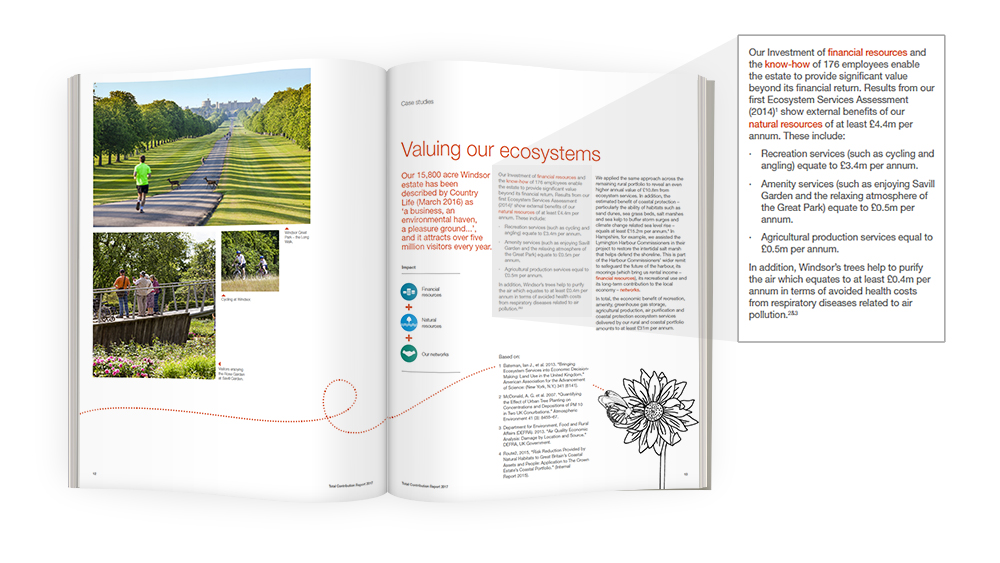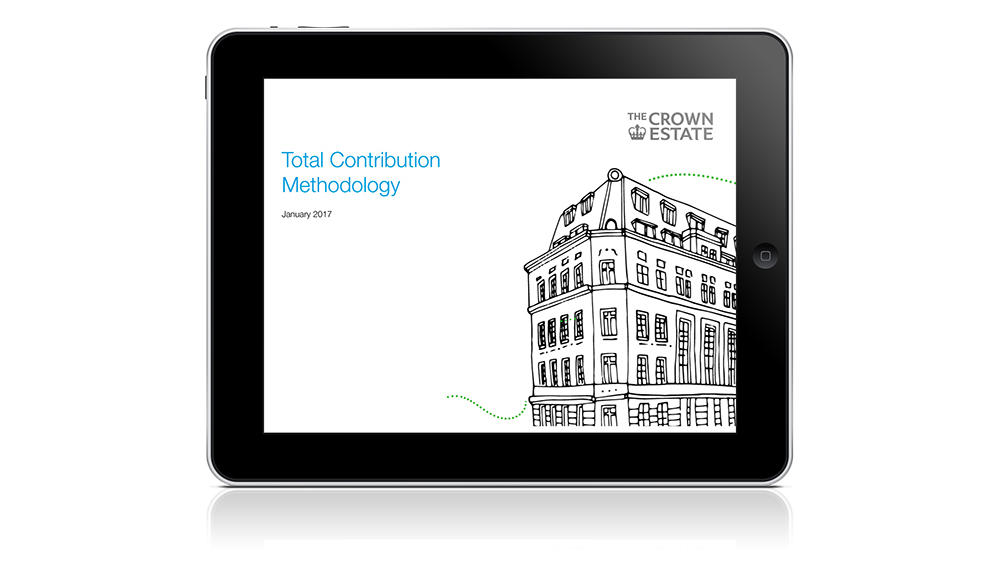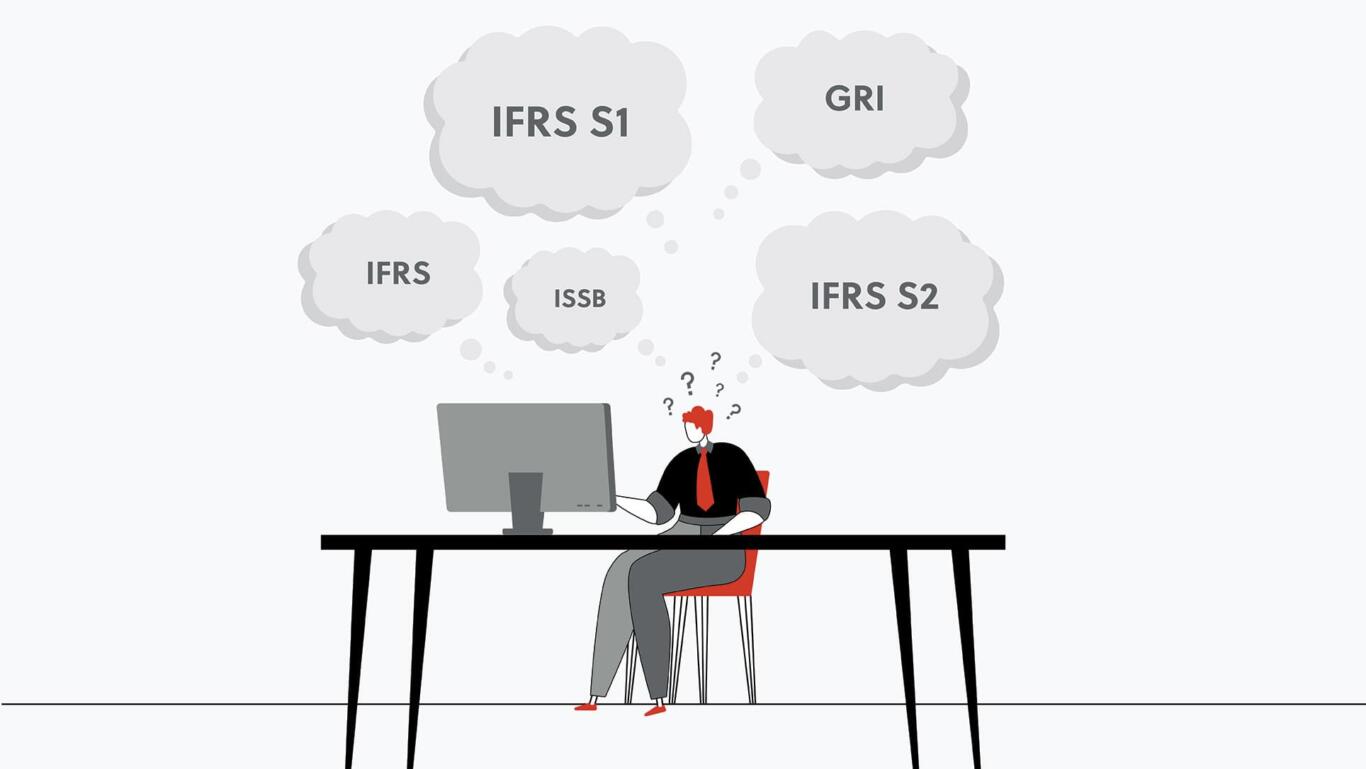Claudine Blamey Talks Total Contribution: A Rare Jewel in Sustainability Reporting

As part of our ongoing Ask an Expert series, The Works spoke with sustainability guru Claudine Blamey about The Crown Estate’s unique reporting strategy. This is a follow-up to our piece on The Crown Estate’s 2016/17 Integrated Report.
What happens when a company shifts its mandate from delivering the bottom line to impact-based performance? Enter The Crown Estate, one of the United Kingdom’s largest real estate businesses and champion of what it calls Total Contribution, a metrics-based methodology that clearly measures the company’s sustainable influence on society over time.
“We pride ourselves on being a progressive company,” says Claudine Blamey, The Crown Estate’s Head of Sustainability. “That means measuring our overall impact as opposed to just our financial gain.”
Shifting the narrative
We should explain how The Crown Estate operates. The company specializes in commercial property in central London, retail across the country, and offshore wind in its capacity as manager of most of the U.K.’s seabed. Established by an Act of Parliament as an independent commercial business, it returns all its profit to the Treasury. And so long as The Crown Estate meets the Treasury’s commercial targets, the company can proceed with sustainability strategies as it sees fit.
“As an operative of Parliament, we’re in a unique position to tell our story,” Blamey tells us. “We must show how we’re helping society, and our range of assets means we can define value in alternative ways.” For example: The Crown Estate owns a significant amount of farmland and forests, so, the company, on the whole, is carbon positive. That shift in optics allows Blamey and her team to evaluate property in a more holistic way. “Let’s say we want to promote biodiversity by replacing a group of parking spaces with a cluster of trees. We would have to consider that in terms of Total Contribution.”

The Crown Estate publishes a Total Contribution Report that includes a number of case studies. They make the value of Total Contribution clear: intangibles (like green space where one can cycle or catch a fish) can be given a specific value to society.
A system of metrics
Developing the methodology of Total Contribution has been a five-year process for Blamey and her team. The Crown Estate tracks 63 metrics in total to evaluate the overall impact of every strategic decision. Created as a stakeholder engagement tool, Total Contribution has evolved into an inward-facing process that guides the company’s sustainable and commercial strategy. “It’s much more useful than just reporting on finances,” says Blamey. “We can take data to the board and show them how we’re making a positive impact and project what that might look like in the future.”
This approach to CSR is refreshing. Rather than a “doing less bad” message, Total Contribution asks stakeholders to think about sustainability in a more meaningful way. It’s less about giving dollars and more about delivering Good. And The Crown Estate wants other companies to take up the cause. Blamey eagerly reminds us that their detailed methodology is free to download on The Crown Estate’s website.
“We want to share our knowledge with the world so that companies can drive sustainability more effectively and efficiently,” says Blamey.

The Total Contribution Methodology is open to all and available on The Crown Estate website. It’s free to download as a PDF.
Follow the leader
The Crown Estate’s culture of innovation is evident in their Integrated Annual Report. A feature of the publication that we particularly enjoyed was the company’s Balanced Scorecard. It elegantly outlines The Crown Estate’s financial and non-financial performance and demonstrates a clear commitment to long-term growth and prosperity. “We started doing integrated reports five years ago and we haven’t looked back,” Blamey says. “And other companies have followed our example.”
Looking ahead, The Crown Estate has many ambitious goals. By 2030, the company wants to be carbon neutral and waste free, while creating more healthy places and habitats for its customers, employees and communities. Already producing record profits, The Crown Estate’s drive to be a sustainability leader comes internally. “We want to be at the forefront of sustainable thinking,” Blamey says. “But people are always catching up.”
You can follow Claudine on twitter, and download The Works’ Sustainability Reporting Trends: The Best for 2017 to learn more about The Crown Estate and other CSR leaders.




